Increasing Air Travel Demand
The Aerobridge Market is experiencing a notable surge in demand due to the increasing number of air travelers. As more individuals opt for air travel, airports are compelled to enhance their infrastructure, including the installation of aerobridges. According to recent data, air passenger numbers are projected to reach 8.2 billion by 2037, indicating a robust growth trajectory. This trend necessitates the expansion of airport facilities, thereby driving the demand for aerobridges. Furthermore, the need for efficient passenger boarding and deboarding processes is paramount, as it directly impacts airport operational efficiency. Consequently, the Aerobridge Market is likely to benefit from this growing demand, as airports seek to improve their service offerings and accommodate larger volumes of passengers.
Focus on Passenger Experience
The Aerobridge Market is increasingly influenced by the focus on enhancing passenger experience at airports. As competition among airlines and airports intensifies, there is a growing emphasis on providing seamless and comfortable travel experiences. Aerobridges play a crucial role in this regard, as they facilitate efficient boarding and disembarking processes. Airports are recognizing the importance of investing in high-quality aerobridges that not only improve operational efficiency but also enhance the overall passenger experience. This trend is reflected in the increasing allocation of budgets towards upgrading aerobridge technology and infrastructure. Consequently, the Aerobridge Market is likely to see sustained growth as airports prioritize passenger satisfaction and operational excellence.
Expansion of Airport Infrastructure
The Aerobridge Market is poised for growth due to the ongoing expansion of airport infrastructure across various regions. Many countries are investing heavily in upgrading and expanding their airport facilities to accommodate increasing air traffic and improve passenger experience. For example, several airports are undergoing major renovations that include the addition of new terminals and aerobridges. This expansion is not only aimed at enhancing capacity but also at modernizing the overall airport experience. As a result, the demand for aerobridges is likely to increase, as they are essential components of modern airport design. The Aerobridge Market stands to benefit from these infrastructure developments, as airports seek to implement state-of-the-art solutions.
Regulatory Compliance and Safety Standards
The Aerobridge Market is significantly influenced by stringent regulatory compliance and safety standards imposed by aviation authorities. These regulations are designed to ensure the safety and security of passengers during boarding and disembarking processes. Airports are increasingly investing in aerobridge technology that meets or exceeds these safety requirements. For instance, the International Civil Aviation Organization (ICAO) has established guidelines that necessitate the use of aerobridges in certain airport categories. This regulatory landscape compels airports to upgrade their existing infrastructure, thereby propelling the growth of the Aerobridge Market. Moreover, adherence to safety standards not only enhances passenger experience but also mitigates potential liabilities for airport operators.
Technological Innovations in Aerobridge Design
The Aerobridge Market is witnessing a transformation driven by technological innovations in aerobridge design and functionality. Modern aerobridges are now equipped with advanced features such as automated boarding systems, enhanced mobility, and improved energy efficiency. These innovations not only streamline the boarding process but also contribute to overall operational efficiency at airports. For instance, the integration of smart technologies allows for real-time monitoring of aerobridge performance, which can lead to reduced downtime and maintenance costs. As airports strive to enhance passenger experience and operational efficiency, the demand for technologically advanced aerobridges is expected to rise, thereby positively impacting the Aerobridge Market.


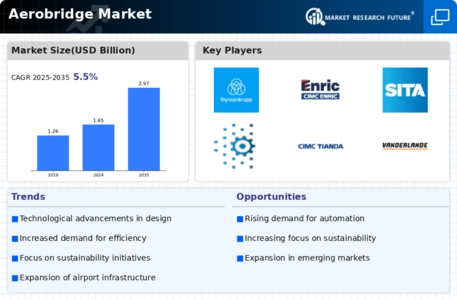
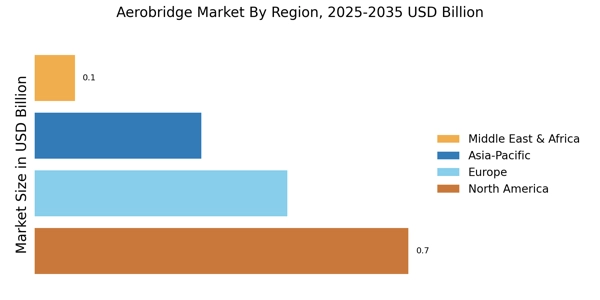



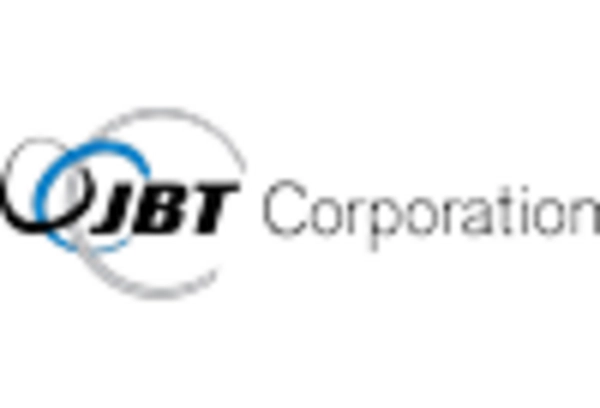
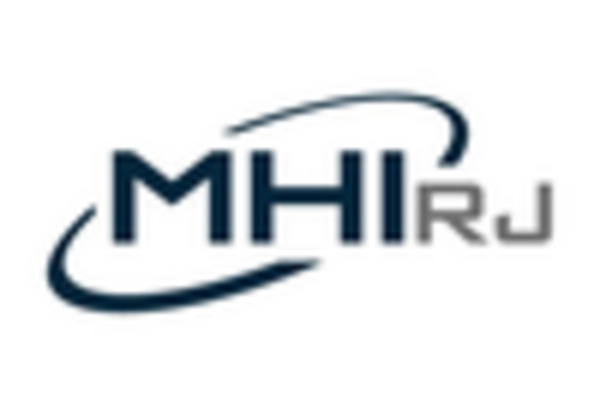
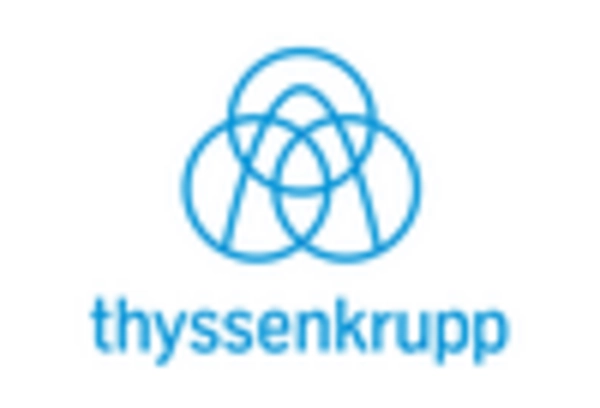








Leave a Comment